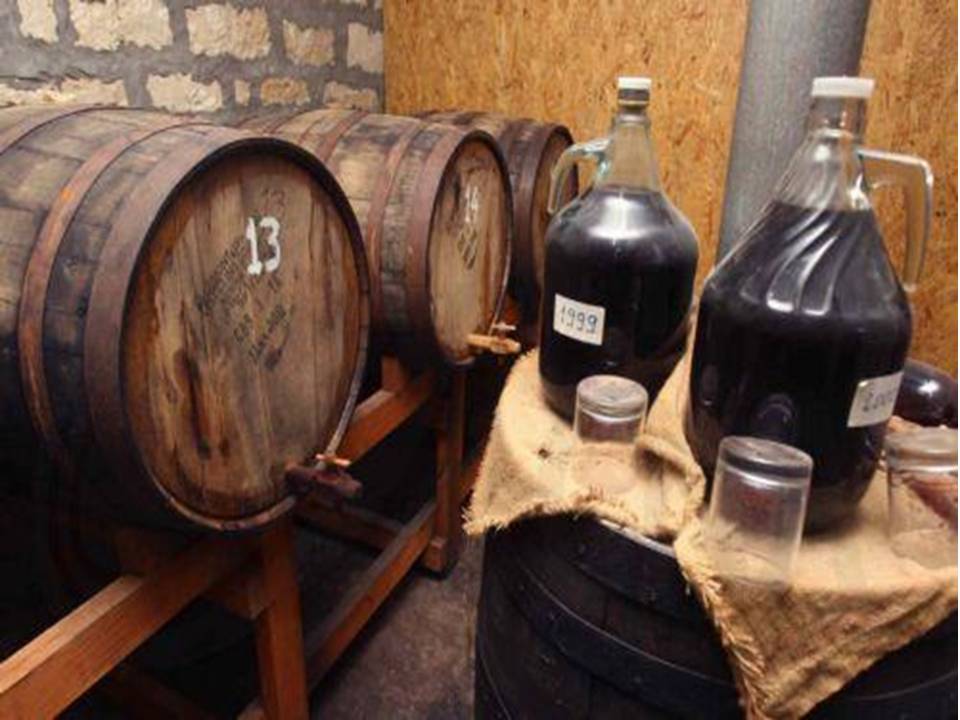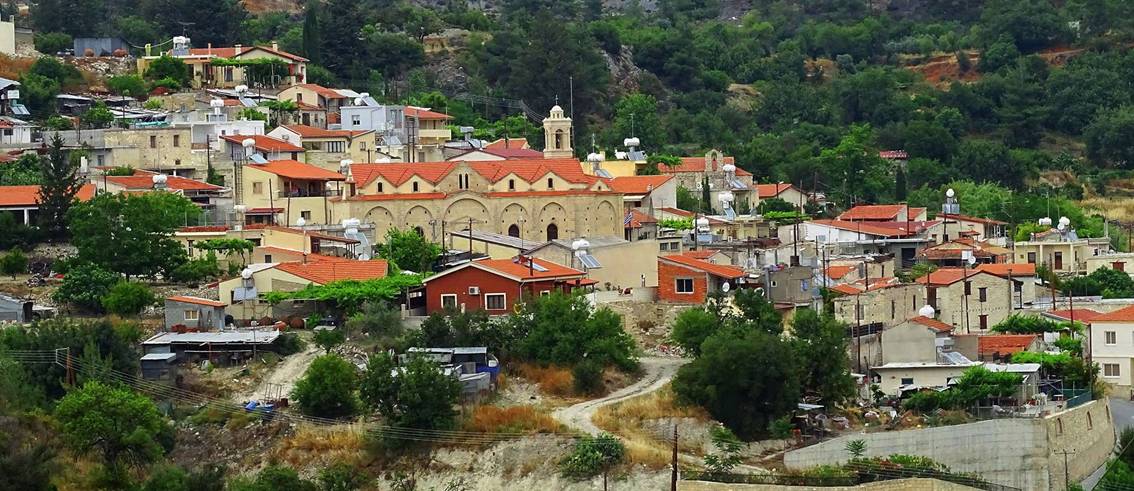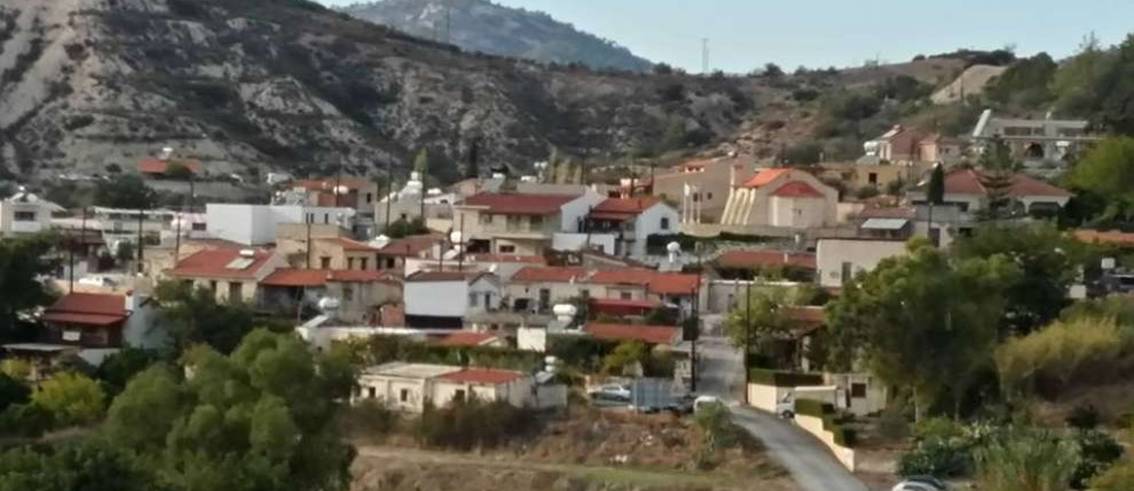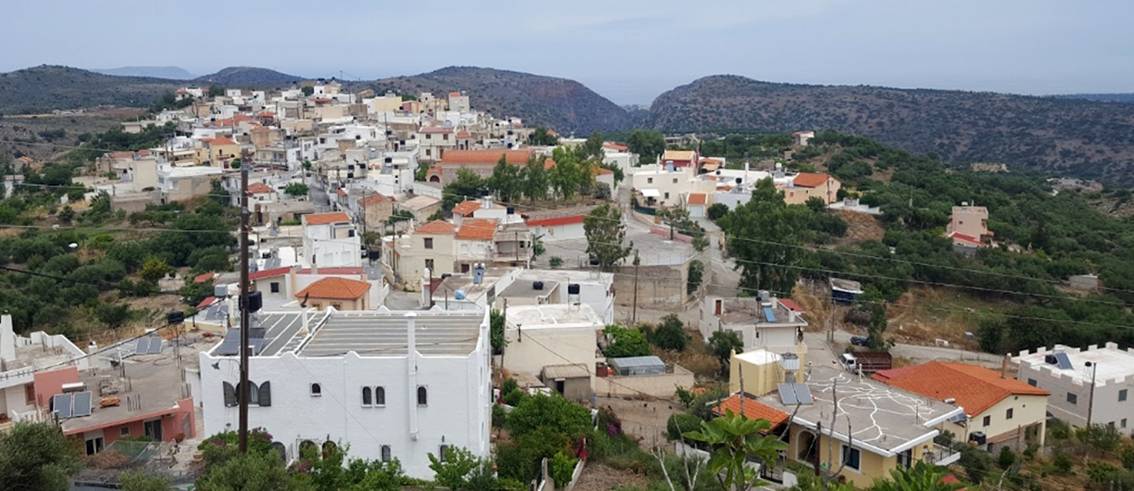Kapilio Commandaria Village
Kapilio commandaria village nestled in the foothills of the Troodos Mountains, Kapilio stands as one of Cyprus’s most picturesque villages. Renowned for producing the world-famous Commandaria wine, it boasts a rich history, charming architecture, and vibrant traditions. Moreover, Kapilio commandaria village serves as a testament to the enduring legacy of Cypriot culture and the timeless art of winemaking.
Historical Significance
Kapilio’s history is deeply intertwined with Commandaria, the oldest named wine still in production. Dating back to the Crusades, this sweet, amber-coloured dessert wine has been cherished for centuries by kings, knights, and locals alike. Additionally, the village, along with its neighbouring communities, forms part of the Commandaria region, a designated area celebrated for producing this legendary wine.
The region’s unique climate, soil, and centuries-old grape varieties like Xynisteri and Mavro contribute to Commandaria’s distinctive flavour. Interestingly, the name “Kapilio” derives from the Greek word meaning “inn” or “tavern.” Historically, the village served as a resting place for travellers and traders crossing the island. Over time, it evolved into a key centre for viticulture, with generations of families dedicating themselves to grape cultivation and winemaking.
Architectural Charm
Kapilio’s traditional architecture instantly captivates visitors. As you wander through the village, narrow, winding streets reveal centuries-old stone houses. These homes, with their terracotta roofs, wooden balconies, and ornate doorways, exude rustic charm. Furthermore, the village’s layout reflects typical Cypriot rural settlements, featuring a central square that acts as the heart of communal life.
In the square, locals gather for festivals, religious ceremonies, and social events, fostering a strong sense of community. Among the village’s most striking

features are its well-preserved churches. For instance, the Church of Saint George, built in the 16th century, showcases exquisite Byzantine architecture. Inside, frescoes depicting biblical scenes offer a glimpse into the village’s religious heritage.
Another notable landmark is the old olive mill, which stands as a reminder of Kapilio’s agricultural past. Alongside winemaking, olive oil production played a significant role in the village’s economy, highlighting its diverse agricultural traditions.
Cultural and Culinary Delights
Kapilio is not only a treasure trove of history and architecture but also a hub of traditional Cypriot crafts and cuisine. Local artisans continue to practice age-old crafts such as basket weaving, pottery, and lace-making. These crafts not only preserve skills passed down through generations but also keep the village’s cultural heritage alive.
Equally important are Kapilio’s culinary traditions. Visitors can savour local delicacies like loukoumades (honey-drenched doughnuts), souvla (slow-cooked meat on a spit), and, of course, Commandaria wine. At local taverns, these dishes are prepared using recipes that have remained unchanged for generations, offering an authentic taste of Cypriot culture.
Commandaria wine holds a special place in Kapilio’s identity. Many families still produce their own Commandaria using traditional methods, ensuring each bottle reflects their personal touch and dedication. This deep connection to winemaking underscores the village’s pride in its heritage.
A Living Legacy
Kapilio commandaria village is more than just a village. it is a living museum of Cypriot history and culture. Its role in producing Commandaria wine has secured its place in viticultural history. At the same time, its preserved architecture and traditions provide a window into the past, allowing visitors to experience the island’s rich heritage first-hand.
For those seeking an authentic Cypriot experience, Kapilio commandaria village offers a unique opportunity. Here, you can immerse yourself in the island’s traditions, savour its culinary delights, and walk in the footsteps of those who have kept these customs alive for centuries. Whether you’re exploring its historic streets or tasting its world-famous wine, Kapilio promises an unforgettable journey into the heart of Cyprus.




